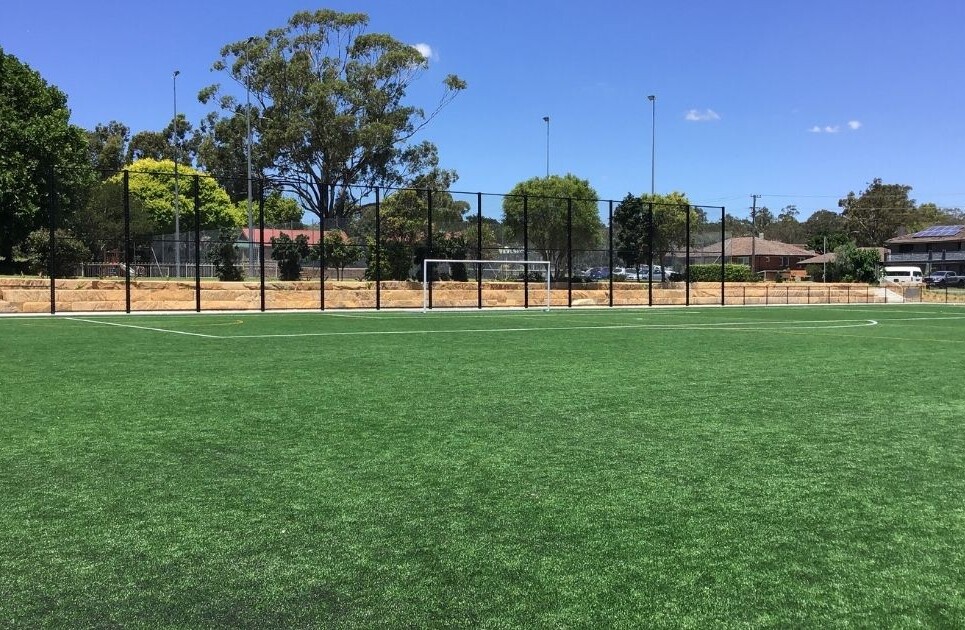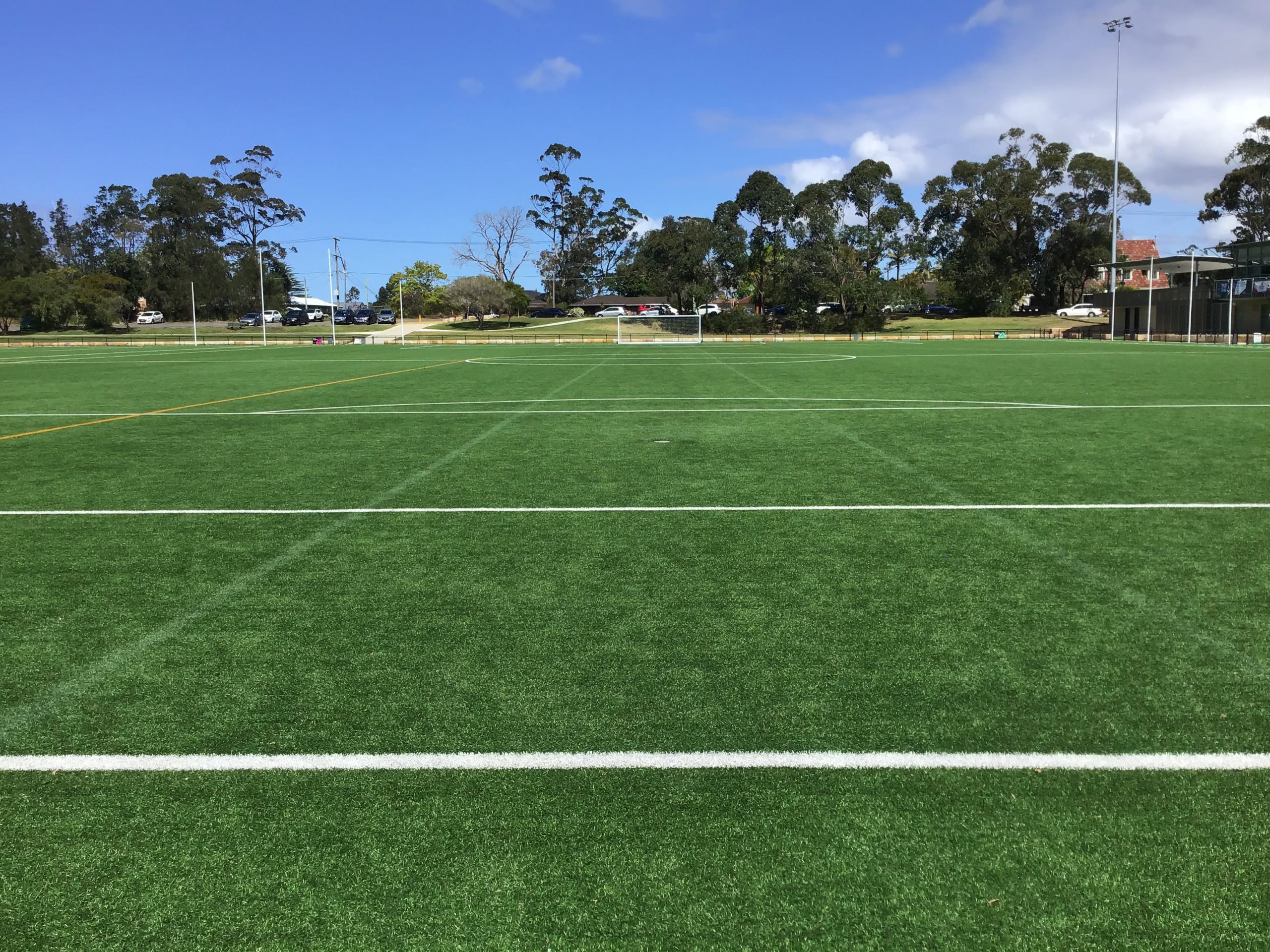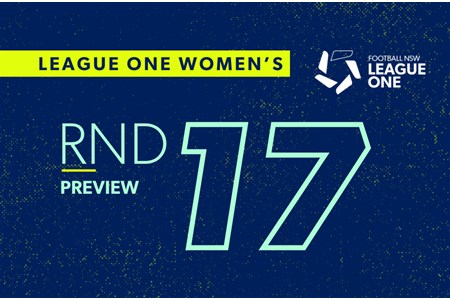Synthetic Fields continue to grow across NSW

Football NSW as the State’s peak body for the game continues to embrace the technology and promotes it as a solution for some environments, where usage is greater than natural grass fields can cope with as synthetic surfaces continue to pop up across the state.
Synthetic surfaces provide more opportunities for communities to play sport and appreciate that the synthetic sports fields are one way of creating significant additional playing hours in many areas where fields are in short demand.
The growth in demand combined with the weather challenges of too much or too little rain, is placing greater pressure on local government and football associations to meet the needs for training and competition, while also trying to balance the sustainability of natural turf fields.
Over the past five years, an estimated 35 plus synthetic fields have been installed in NSW, which are allowing clubs, associations and local governments continued usage, far in excess of any natural playing field playing capacity. Increasing playing capacity from 20-25 hours per week on natural grass to over 60 hours is having a significant impact on NSW being able to cope with the growing demand for the game.
Football NSW is committed to developing the game at all levels and appreciates how the use of Synthetic Football Turf can assist local clubs, associations and local government meet the growing demand.
- The Challenges
- All levels of government are encouraging children to play sport resulting in increasing daytime and weekend usage of sports facilities. Not forgetting the changes in weather patterns, with some states having more rain or greater droughts then they can remember, both of which are becoming more common. So how can natural turf really cope with the demand? The challenge for local government, education and sport is how their natural surfaces can cope with the additional intensity of recreation, training and matches.
- The ability to cater for the growing demand of natural playing fields is causing concern to many inner-city local governments. These natural turf fields are under greater capacity pressure and this results in increased stress levels to the natural turf. Many local governments are embracing the synthetic sports turf technology to complement natural turf and satisfy community need.
- Key benefits of installing a synthetic surface:
- Climatic: Under drought and water restrictions or excessive rain conditions, it can be difficult to maintain a safe and suitable natural grass surface. Synthetic sports surfaces in general are not affected by reduced or increased rainfall;
- Usage: There is a limit to the hours natural turf can be used before there is a significant impact on surface condition. A high quality natural turf surface may only withstand use for up to 20 hours per week before it starts to deteriorate. Synthetic surfaces can sustain significantly higher use than natural grass with 60 hours plus per week as an acceptable expectation;
- Maintenance: Maintaining a natural turf surface can be time consuming, expensive and generally requires a qualified person to do it. Synthetic surfaces require lower ongoing maintenance than natural turf surfaces;
- Consistency and quality of play: Synthetic surfaces provide a consistent and safe surface all year round for all sports to play on, improving the quality of performance for each sport compared with natural playing surfaces;
- Health: By allowing play on the surface more often and under safer conditions, it enhances physical health of participants;
- Club sustainability: with the sustainability of many club’s dependent upon their ability to coach and train juniors most evenings on the field and to provide a kiosk service off the field on match day to generate income, the ability for synthetic fields to have next to no cancellations of fixtures should be a benefit to all clubs.
- Value of community sport – Football
- Health impacts
- The health value of community sport infrastructure is estimated to be $4.9 billion. Health benefits across the community include:
- A lower risk of being affected by chronic diseases such cancers, dementia, diabetes and cardiovascular disease.
- Improved mental health
- Health system benefits as a result of a lower incidence of disease, or better managed mental health issues, including lower wait times, less congestion and health s
- The ability to allow the community to participate on a synthetic field (more hours) provides a health benefit for the community.
- Social impacts
- The social benefits are derived by users of facilities through both the sport activity and social connection networks created.
- Academic benefits, including young people staying in school for longer and positive educational aspirations.
- Heightened community pride and reduced crime and social behaviour
- Synthetic fields allow more people to play more sport therefore providing the social benefits indicated above.
- The health value of community sport infrastructure is estimated to be $4.9 billion. Health benefits across the community include:
- Health impacts
- Participation/Population Growth
- Over 272,00 participants in NSW (Football NSW and NNSWF)
- Largest club participated sport in NSW and Australia
- 11% growth since 2014
- We are full
- Football has 2,253 playing fields extensively used for training and competition that are generally operating at capacity, given the quality of existing infrastructure. Strategy research and facility audits conducted indicate that football fields lose around 34% of their capacity due to current playing field conditions.
- While participation capacity at some existing venues can be increased many locations particularly across Metropolitan Sydney Football Associations are at maximum.
- Synthetic fields are part of the solution to ensure there is enough space for the community to continue participating in sport.
- Female participation
- 23% of registered football club participants are females, which equates to 63,160 of all football participants in NSW.
- FIFA Women’s World Cup 2023, expecting a spike in numbers over the coming years. We need the facilities to cater for the demand, synthetics plays a role in this.
- Key pillars in our NSW Football Infrastructure
- Improve existing venue capacity – maximising the safety, carrying capacity and activation of existing football grounds and venues.
- Synthetics maximise the carrying capacity of football fields. 60 hours of usage means more people can participate in football more often.
- Planning for Growth and Demand – plan to maximise participation through new and innovative venue opportunities
- The innovation of synthetics means local councils can meet the growing population in the growth areas of Sydney. There is not enough green space for all sports across Sydney, synthetic surfaces provide great assistance in alleviating the pressure off natural turf fields.
- Improve existing venue capacity – maximising the safety, carrying capacity and activation of existing football grounds and venues.
- Microplastics
- Micro-plastics is a term commonly used to describe extremely small pieces of synthetic or plastic material in the environmental resulting from the disposal and breakdown of products and waste materials. The concerns around micro-plastics centres on their potential to cause harm to living organisms in the aquatic and other land-based environments.
- It is critical that purchasers for synthetic sports fields can appreciate how the design, management and construction can have such a significant impact on reducing the propensity of microplastics entering the environment.
- Aspects that can impact on microplastics entering the environment include:
- Infill splash
- Infill being washed away – in wet weather
- Drainage transportation
- Player transmission – on boots
- Breakdown of yarn – due to UV degradation with age
- The use of organic infill can provide a more environmentally friendly alternative if required.
It is no secret that there are a number of key benefits with synthetic fields propping up across NSW with the aim of ensuring our beautiful game is played across all weather fronts, rain, hail or shine.



